Morris Major Elite Review
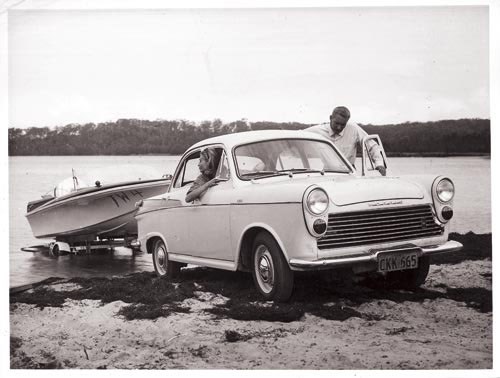 Morris Major Elite
Morris Major Elite

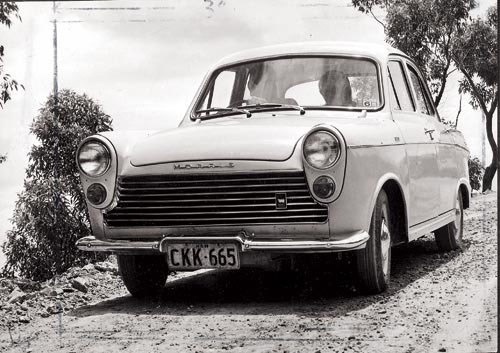 Morris Major Elite
Morris Major Elite

 Morris Major Elite
Morris Major Elite

 Morris Major Elite
Morris Major Elite
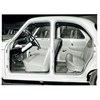
 Morris Major Elite
Morris Major Elite

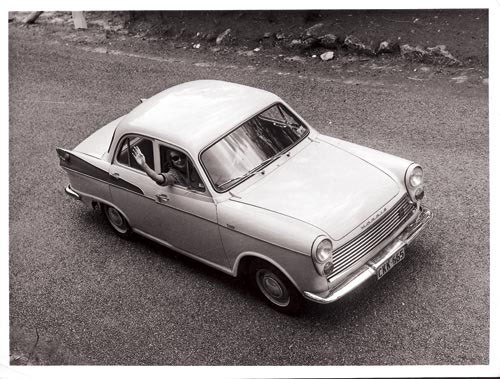 Morris Major Elite
Morris Major Elite

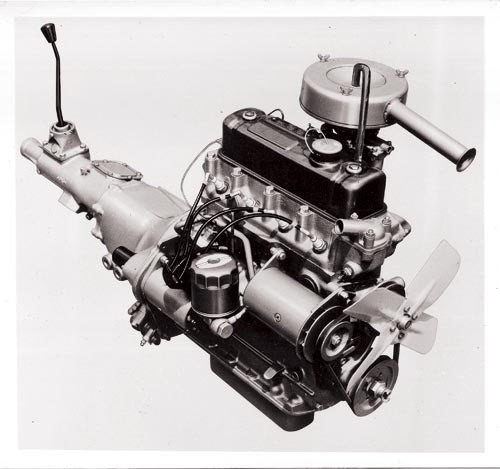 Morris Major Elite
Morris Major Elite


|
|
Morris Major Elite
|

|
|
Morris Major Elite
|

|
|
Morris Major Elite
|

|
|
Morris Major Elite
|

|
|
Morris Major Elite
|

|
|
Morris Major Elite
|

|
|
Morris Major Elite
|
Aussie Original: Morris Major Elite. Local engineering turned this humdrum car into something special...

|
|
Morris Major Elite
|
Morris Major Elite
Since forgotten by many, the Morris Major Elite was regarded as the best of its type in the world for local conditions when it was launched in 1962. Because it was 96 percent Australian, it was also a brilliant example of Aussie ingenuity on scarce resources.
At a significant saving over its VW Beetle 1200 Deluxe rival, it offered four doors, full instruments, fresh-air heater, seating for six, windscreen washers, a proper boot and powerful 1.6-litre engine. Most importantly, self-made Aussies could maintain it in the driveway just like a Holden. Its rack and pinion steering, heavily-reinforced structure and suspension, big wheels and ground clearance generated a level of praise for its competence normally reserved for a Holden.
Its reign would be brief, as the local BMC team were forced to start all over again with the small-wheeled, short-booted Morris 1100 in '64. This was at a time when the local Elite was validated by the four-door Ford Cortina 1500 finely honed by the hard men at Dagenham in the UK. The first Toyota Corona (1964) and later Datsun 1600 (1968) were also world-beaters that mirrored the Elite's big engine/compact four-door sedan formula.
Unlike these product-planning super models, the Major Elite was an accident of birth. Even if it did carry the code YDO1 as BMC's first all-Australian model, its origins are as bizarre as the Australian market requirements that shaped it.
By 1956, the relatively new British Motor Corporation was worried that the Morris Minor had reached its use-by date. First seen in 1948, the ground-breaking little Morris was a critical money-making pillar of the corporation.
Its replacement was assigned to Longbridge, the epicenter of stolid Austin culture and not the innovative Nuffield group, which produced the Minor. The 1000 upgrade and a one-piece windscreen were released to buy some time.
A bland but well-proportioned three-box small sedan emerged with Minor underpinnings that could have been an Austin or Morris. After the Minor's 1956 1000 upgrade sold up a storm, no one had the nerve to replace it and it continued virtually unchanged until 1971 in the UK.
To save face, the abandoned Minor replacement was given the 1.5-litre B-series engine from BMC's full-sized family models and packaged as the Wolseley 1500 and Riley 1.5. Sold as top-shelf compact models similar to today's BMW 1-Series, the single-carb Wolseley was the wood and leather pack while the Riley was the sports package with twin-carb MGA engine tune.
These successful new models were of huge interest to Australia but not in their UK specification. Trimmed and painted like a Holden, the aborted Morris version had a bright future as a 66 percentile Holden in body size, price, engine capacity, performance and fuel consumption.
Because it combined the floorpan of the existing Morris 1000 with the mechanicals of the Austin Cambridge/Morris Oxford, it would slip into local production, spare parts and servicing routines seamlessly.
Australia was still serviced by separate Austin and Nuffield dealer networks so two local versions were required. A traditional Austin grille was slipped into the Wolseley outline for the Austin Lancer. The unseen but production-ready Morris Minor version was simply transferred to Australia as the Morris Major with its evolution of the Minor grille. No one was any wiser.
The first Lancers and Majors quickly outsold all established Austin and Morris models, including the Minor, on their 1958 launch, despite their many faults.
Like the first Falcon, the leaky body was not strong enough, their suspension easily overwhelmed by local roads and the Minor rear axle might have been stronger if it was made of wooden dowel.
Local BMC engineers moved quickly. By 1959, a Series II Major and Lancer had arrived. Local styling, based on the Major's headlight arrangement and previous roofline, was heavily influenced by the fins of local Ford Customlines and Zephyrs, Chevrolets, and the coming FB Holden.
For 1959, both were striking and made no apology for being smaller cars. Neither looked out of place sharing a garage with a local Star Model Customline or Chrysler Royal. The twin-dial instrument binnacle was also up to the minute.
A huge boost in wheelbase and length, massive box sections under the body, stronger suspension, better dust and water proofing, bigger fuel tank, bench front seat, beefier iron diff housing and shorter final drive prompted Major/Lancer Series II sales to soar, more than doubling sales of BMC's new Farina family cars.
Its success forced the British to finally concede that the domestic BMC range could not cut it in Australia and left the local team to complete the process with a new six-cylinder family car.
The Australians stretched the old B-series engine to 1622cc to buy the Oxford/Cambridge extra time before two cylinders could be added for a 2433cc six-cylinder version. Austin became the family car brand, Morris the small car entity, ending futile and costly duplication of near identical Austin and Morris models for separate dealer networks.
This is why the later 1800 was always sold here as an Austin, not a Morris as in the UK. As soon as the six was ready for the new Austin Freeway, the powerful 1622cc version could be reserved for a new Morris Major Elite for 1962.
Elite by name and nature when it had the biggest engine in its class, it arrived with a massive price drop from £997 to just £940 ($1994 v $1880) in a segment as cut throat as today's sub-$20,000 offerings. Even the first two-door Cortina 1200 looked expensive at £948 ($1896).
The success of the Elite and local Mini instantly made the Minor 1000 redundant, nine years ahead of the British model.
The Elite also came with the equivalent of today's five-star safety with a dished steering wheel and column that wouldn't spear the driver, padded dash, windscreen washers, seatbelt mounting points, padded sun visors and a demister, way ahead of Holden in most areas. The deeper, plusher seats and the comprehensive instruments were still a dream at Fishermens Bend.
Telescopic rear dampers, stronger axles and a mechanical fuel pump only added to the model's growing bullet-proof reputation. Local styling featured a new grille that linked it to the Series VI Morris Oxford not seen here and its new Austin Freeway stablemate. A side flash was a neat link with the FB, not long on Aussie roads.
Best of all, its powerful, flexible engine allowed drivers to cruise in top gear regardless of hills or traffic conditions. Before the widespread availability of an automatic transmission, matching Holden's legendary top-gear flexibility was a sales clincher for a four-cylinder car.
After the British scuppered the local Magna-style wide body intended for the Austin Freeway, the Major Elite's rear-drive layout and engine design shared with the Freeway were doomed as sales of the narrow-gutted Freeway went into freefall. BMC Australia had no choice but to hastily adapt the rest of the corporation's front-drive models.
The fact that so many Elites stayed on the road for decades, driven into the ground all over the country, is testimony to how good they were and why there are so few around today. Even if it wasn't the most glamorous showcase for Australian talent, the Morris Major Elite was certainly one of the most resourceful and effective.
Unique Cars magazine Value Guides
Sell your car for free right here
Get your monthly fix of news, reviews and stories on the greatest cars and minds in the automotive world.
Subscribe

.jpg)










.jpg)

